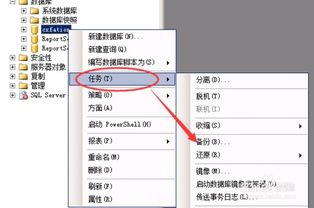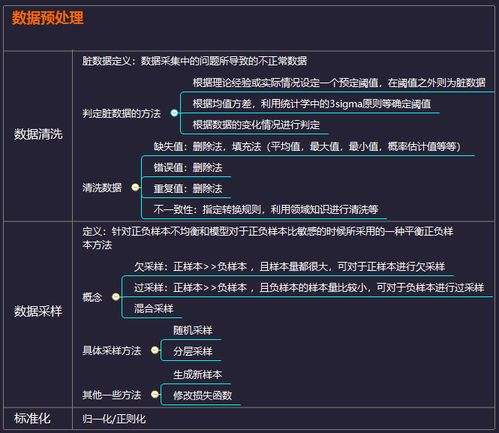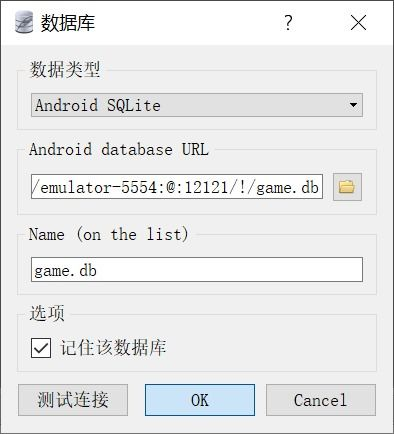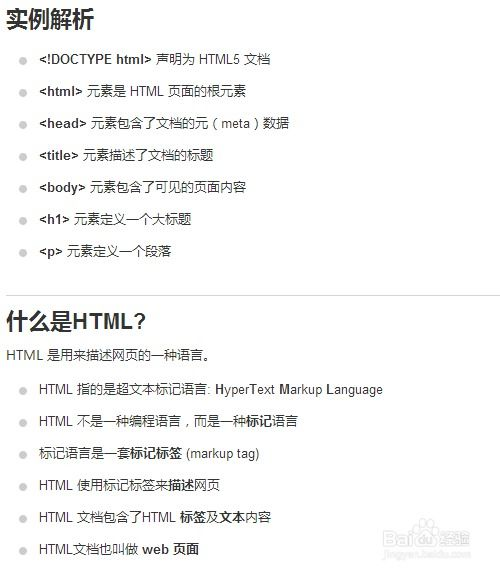Golang Source Code: How to Open and Read It, Tips and Tools
Understanding Golang Source Code Files
Golang source code, or Go code, is primarily written in files with the ".go" extension. These source files contain the code that defines your program's logic, structures, and behavior. To effectively work with Go source code, developers must be familiar with the basic structure of these files and the conventions that are usually followed.
To open a Golang source code file, you will generally use a text editor or an Integrated Development Environment (IDE). Popular options include Visual Studio Code, GoLand, and Vim. Each of these tools has features that enhance the coding experience, such as syntax highlighting, autocompletion, and debugging capabilities. Choosing the right tool can greatly improve your productivity and ease of learning.
Using Text Editors and IDEs
Text editors like Visual Studio Code are favored among many developers for their simplicity and extensibility. To open a .go file in VS Code, you simply need to launch the editor, navigate to the file you want to open, and select it. Once opened, you can utilize various extensions specifically designed for Golang, which allow you to harness features like Go linting, formatting, and more.
In contrast, GoLand is a specialized IDE that offers a range of built-in tools tailored specifically for Go development. The intuitive user interface and integrated tools provide a seamless experience from writing to testing and debugging your applications. GoLand automatically recognizes .go files and allows you to browse your project structure efficiently, making it an excellent choice for larger projects.
Navigating Golang Projects
When working with Golang projects, understanding the project structure is vital. Most Golang projects will include multiple .go files organized into packages. Each package serves a specific purpose, and Go’s package management system encourages clean code organization. To navigate through these packages, you can either use the command line or a file explorer in your IDE.
In the terminal, you can use the `go` commands for tasks like building the project (`go build`
), running tests (`go test`
), and running applications (`go run yourfile.go`). Familiarizing yourself with these commands can make your development process more efficient and streamlined.






